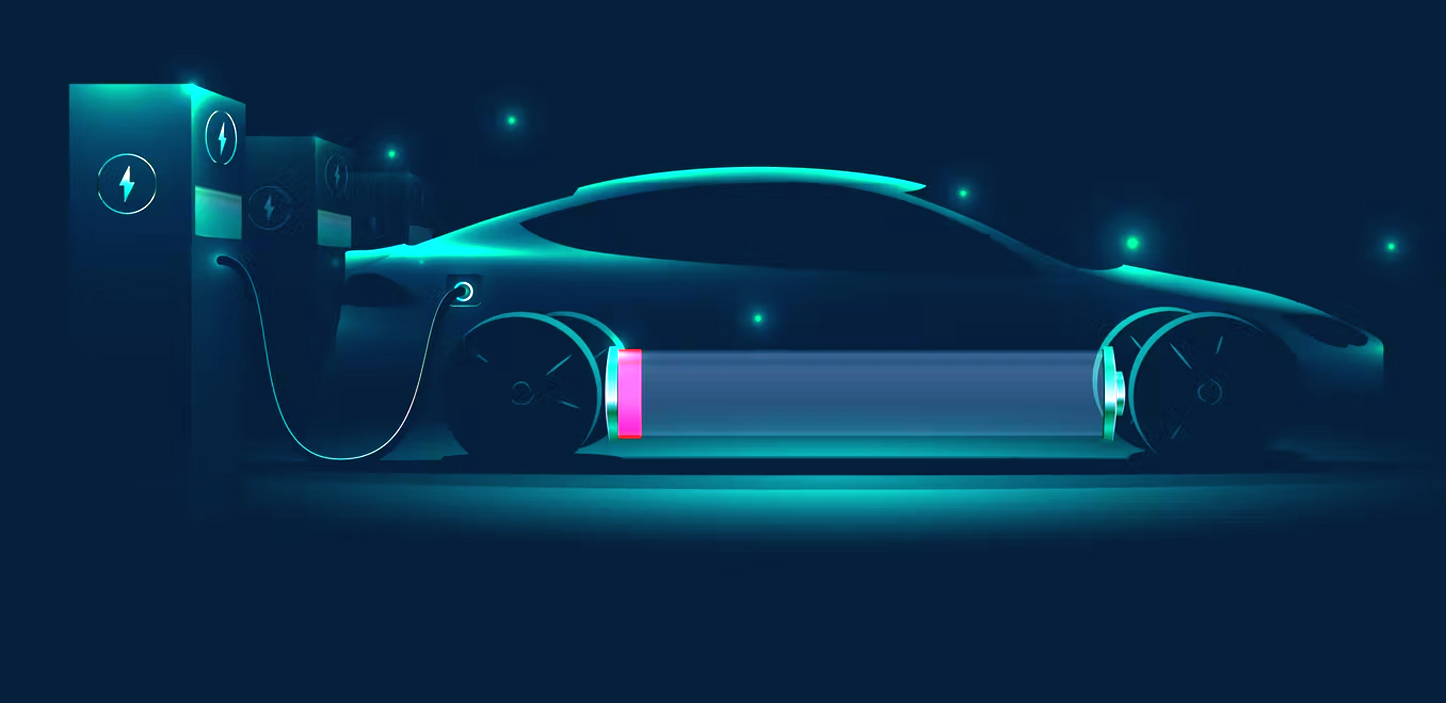With the planned ingress of large volumes of renewable energy into the grid, how will India tackle the issue of frequent backing down and ramping up of thermal plants?
ON – POINT QUERY: With coal-fired plants still dominating both the installed and actual generation, will the entire value chain be impacted with higher ingress of RE in the country?
India having an installed capacity share of close to 60% from coal fired power plants which contribute to range hovering over 70% actual power generation levels, the cycling of these plants to meet load variability translates to an inescapable reality for the country. Quite bizarre but this happens every day as the power system is operated. Historically, the cycling requirements were largely restricted to the plants which are non-pithead which pushed the operating costs higher. However, in recent times with the relative surplus showing up in the country, even the inexpensive power has been backed down to maintain a balance in the grid and preventing the other plants going offline. This has led to the Grid Operators in India striving to strike a balance to keep the costs low coupled with maintaining a degree of fairness as well for other generators.
With India planning large utility-scale jump in renewable energy capacities being integrated to grid, the variations in the net load and hence the demand on the conventional generators would further increase and translate to become more frequent. For such a scenario build up use of hydro power as “quick-response” could have stood as an alternative provided the availability of such resource is in abundance. This could have been further improved upon by developing a more scientific hydel-thermal dispatch approach algorithms which incidentally are rarely being used in the country till date. However, that’s not the lone challenge the limited availability of hydro resources courtesy lower installed capacities is another one to cater.
Would you like to learn more about the COVID 19 Impact on Power-Demand Supply Situation In India?
Learn More from Our Latest Research Edition →
As a matter of fact, the backing down happens typically within pre-specified and set limits. Older thermal power plants therefore rarely go below 70% of loading and the newer one’s gone down to 50%, but not more. With RE capacities being increased and higher integration capacities planned these limits should be lowered without shutting down. This is for the very fact that plant operators prefer smooth and gentle ramp or back down curves. This may not be possible in the future and the ramp up rates will be tested. In many such cases either shutting down or operating in a two-shift system shall be mandatory. This in fact has already been observed for the states in India with significantly higher RE capacities. Thus, for RE heavy states in the interest of “grid-management” the RE generators are often asked to back down their generation. Gujarat and Maharashtra have shown such evidences frequently in the recent past. In a nutshell the “ZERO COST” natural resources are not utilized. The shutting down of either a wind or solar plant shall be no different to spilling water for a hydro power plant and ideally should be used as the last resort only.
Alternatively, the resources that have finite variable costs need a modulation to meet the ever dynamic and growing demand of grid management in energy hungry country like India. It is anticipated that the global research to find a resolute to fire coal-based plants without oil will provide for their abilities to maintain variability. Apart from this India needs to have cycling, two-shifting and start-stop operations which shall come at an allied cost which is unavoidable. Thus, there shall be a need of selective maintenance which is preventive and focuses on most prone parts only for a thermal power plant in the country. Further, large and rapid variations in output of RE (due to varying wind power densities and dynamic solar irradiation) shall result in changes in magnitude and direction of power flows from the installation itself, and from the Gencos providing regulating and operating reserves service elsewhere in the system. Unless, countered very quickly the voltages shall vary and impact the grid stability thereby pushing the demand for FACTS (Flexible Alternating Current Transmission Devices) in the country in line with European markets.







